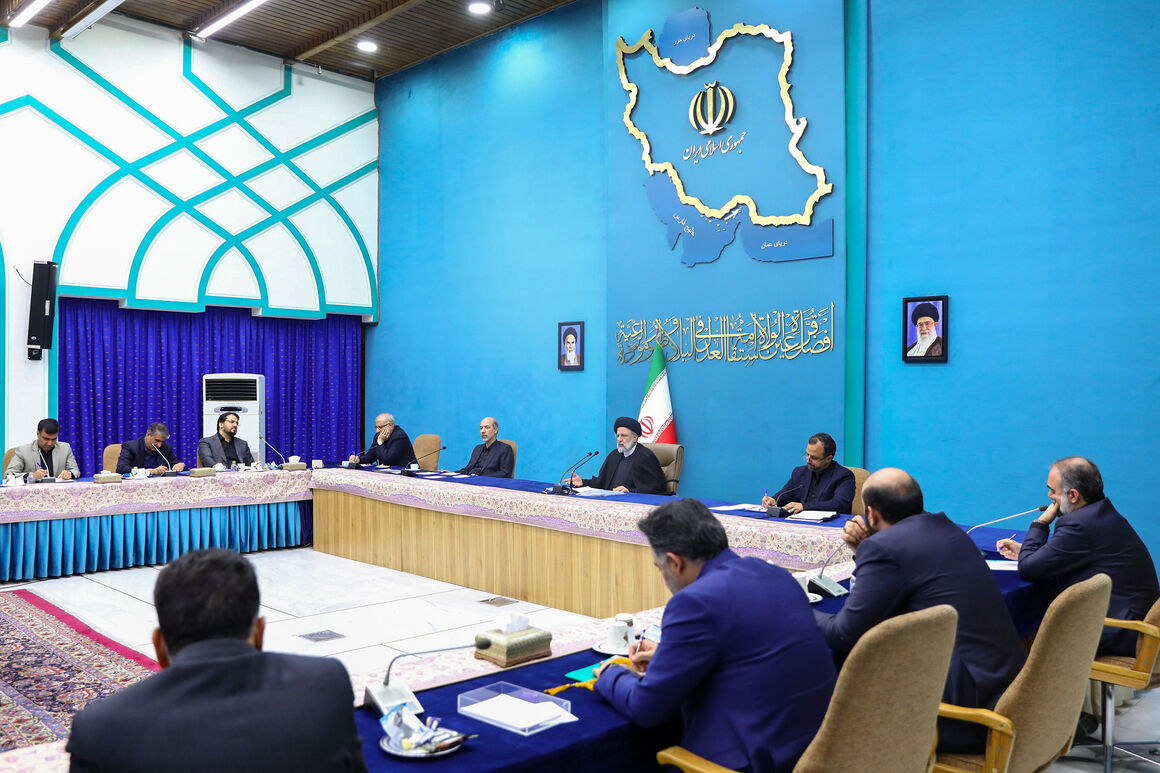Speaking at a meeting of the Supreme Council of Energy, Raeisi urged the state-run organizations to redress the imbalances as a critically important issue, and said, “Given appropriate capacities and capabilities in the country, we need to have short-, mid- and long-term plans to resolve the problem.”
On the concern expressed about the suspension of some power plant and refinery projects due to the Department of the Environment’s refusal to grant permits, he put great emphasis on following the environmental standards and adapting them to the country’s continuous growth and development.
The president also mandated the Secretariat of the Supreme Council of Energy to form a taskforce within 15 days to address the DoE’s concerns and find solutions.
“Monitoring the performance of the entities in charge of energy optimization and announcing their possible negligence are among the necessary actions needed to be taken by the Secretariat of the Supreme Council of Energy,” he said, stressing the need to optimize energy consumption.
“It needs to be determined whether responsible organizations and institutions, such as Iran National Standards Organization (INSO), have monitored the energy consumption criteria of the manufactured or imported cooling and heating products,” the president said.
Moreover, he pointed out that energy saving is a significant strategy, highlighting productivity in economic growth and continuing, “Lack of productivity will prevent us from achieving the goal of the eight percent economic growth.”
Highlighting the energy imbalances, he urged the Secretariat of the Supreme Council of Energy to hold constant and regular meetings in less than a month to follow up the implementation of the resolutions.
Prior to Raeisi’s speech, Iran’s Energy Minister Ali Akbar Mehrabian had reported over 100 measures taken by his ministry to resolve the 15,000-megawatt imbalances in electricity industry.
Meanwhile, Iran’s Oil Minister Javad Owji presented a report on the performance of his ministry to address the imbalances in gas production, including seeking investments in gas production and supply, determining a domestic consumption pattern, and increasing gas production and storage capacity for peak demand time.


Your Comment